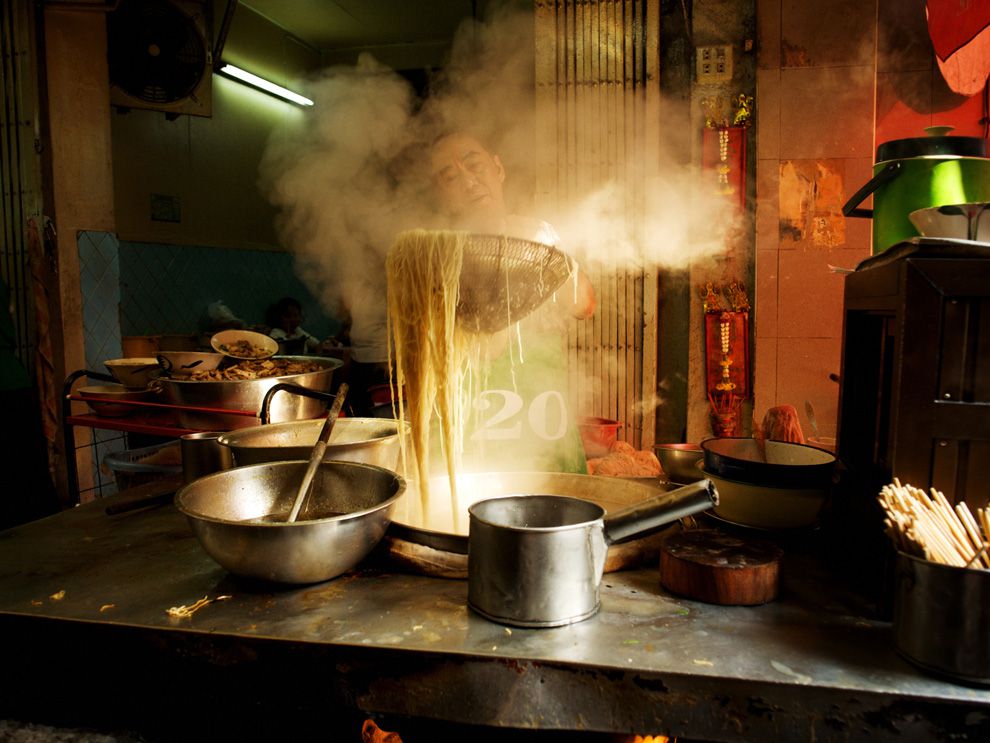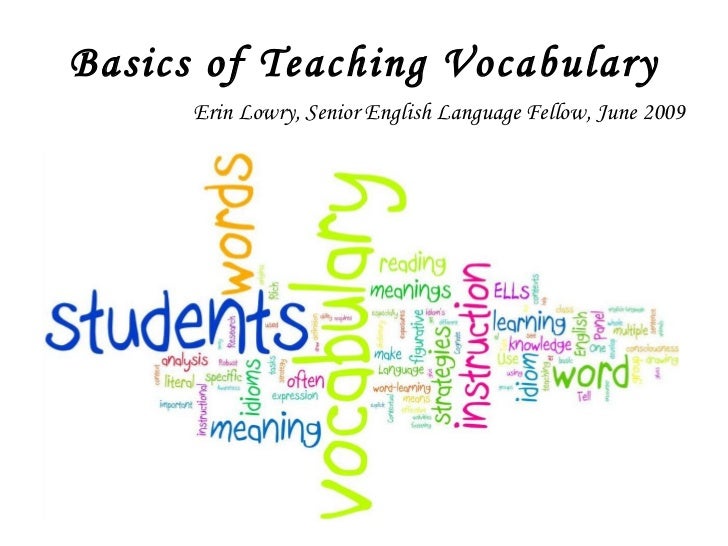Our vocabulary practice website for kids and teachers provides Premium Members with a wide variety of easy student and class data reporting options, and offers professional development and account implementation to schools and districts. Every teacher recognises the vital role of academic vocabulary to access the school curriculum and go onto succeed. Put simply, the more words you know, the further you’ll go. Words are crucial tools to crow-bar open the curriculum for every pupil and they provide the means for self-expression and prove vital to exam success. For Grades 1–5, use Vocabulary Workshop, Tools for Comprehension. For Grades 6–12+, choose to teach 10 words at a time with Vocabulary Workshop Achieve or 20 words at a time with Vocabulary Workshop, Tools for Excellence. For struggling students or English. In an explicit approach to vocabulary instruction, teachers should model the skills and understanding required to develop a rich vocabulary knowledge. Say the word carefully. Pronunciation is critical to allow students to make strong connections between written and spoken language. Teachers can create their own vocabulary lists in any language and share it with their students. View previous comments. Vocabulary Worksheets. By Angelian Perez. Vocabulary worksheets includes questions that will help the students to practice and learn most useful vocabulary words at their respective.
- Teacher Vocabulary In Classroom
- Vocabulary Teacher Evaluation
- Vocabulary Teacher Day
- Vocabulary Teachers Should Know
Learning vocabulary is an important part of a student’s development process, but vocabulary instruction can be a challenge for educators—especially when it comes to making it effective and engaging.
So how can educators effectively teach vocabulary across grade levels and content areas? Proper vocabulary instruction doesn’t just teach the definitions of words, but how to critically understand the context while drawing connections outside the lesson plan. Studies have shown that students who have a larger vocabulary tend to do well in school—and not just in ELA, but STEM subjects, as well.
Teaching vocabulary can feel daunting. The struggles associated with vocab practices in the classroom make it challenging for students to learn and teachers to, well, teach. Teachers may have a hard time handpicking the 10-20 words every week that their students will learn. Which words are the most important? What about the students who learn and read at different levels? From a student’s perspective, it becomes difficult (and, for many, uninteresting) to simply memorize words and terms that they have no prior connections to.
Vocabulary instruction doesn’t have to be boring! Here are five engaging ways to teach your students vocab while making sure they boost their vocabulary acquisition:
Word maps are graphic organizers based on the Frayer model that help students learn new words by associating it with its antonyms, synonyms, writing their own definition or using the word in their own sentence. Word map activities allows students to think about vocabulary in several ways, and further make connections with each word in relation to other words they already know.
Flocabulary’s new vocab cards are based on the Frayer model, and encourage students to define new vocabulary words on their own terms through writing and drawing.
Music has always been a great tool to help with memorization. Catchy beats and hooks often make vocabulary retention and recall stickier for students. It allows students to memorize at their own pace. Programs like Schoolhouse Rock and Flocabulary take academic content and deliver it to students in an engaging and memorable way. Our award-winning Word Up! vocabulary units provide students a fun way to memorize vocabulary words. (Don’t take our word for it: learn from one educator in North Carolina how she saw her students’ vocabularies increase with Flocabulary.)
You can try Flocabulary for up to 30 days free for your entire school—sign up below!
Instead of teaching the definition of a word, teach root words. Teach your students the meanings of specific root words and have them guess what the definition is. Students can take these root words and use them to decipher words they don’t know in the future. Watch our unit on roots to see how it can support your instruction!
Why not empower students to build their own vocabulary lists? Students will come across new words they don’t know every day in readings and discussions across the content areas. When students pick out their own vocab words, not only will they be more motivated to learn them, but it allows the vocabulary lists to be personalized to each student, too.
With this instructional approach, the teacher provides reading passages or sentences with new vocabulary words embedded in them. Students then attempt to guess the definitions. Teaching vocabulary through context clues encourages critical thinking skills and helps them make connections to the word, ultimately helping them remember its meaning.
Our “Context Clues” unit is a great addition to vocabulary instruction. With reading passages, handouts and a quiz to help students understand unknown vocab words, it’s a great addition to any vocabulary lesson.
Vocab instruction doesn’t have to be a challenging part of lessons anymore. These tips provide a holistic approach to learning and understand vocabulary words; we hope you find them useful for you and your students.
What are some other tips and techniques you use in your classroom for vocab retention?
Math vocabulary is an integral piece to understanding math concepts and developing math skills. Often times if a student does not understand a vocabulary term, they are unable to process and make sense of what they are doing, and this will hinder their success. If a student does not fully develop a math concept then that can, and often does, lead to a misconception or lack of understanding of the next skills since math is very much a building-block process. Students must have those foundational building blocks to advance to higher levels.
Strategies to Teach Math Vocabulary
In the elementary world there are several examples of vocabulary terms that students confuse as well as multiple terms for the same concept. This is something that teachers should anticipate and therefore strategically have vocabulary instruction before and as they teach the concepts so students develop a clear understanding while they master those skills.
Addition and Subtraction

One example begins in kindergarten when students are learning how to add and subtract. Students may see or hear the words add, sum, one more, join, and total. All of these terms mean that students are putting objects or numbers together to make more. At this early level it may be confusing to show students all of the terms up front; however, at some point while students are tackling the concept of addition teachers should introduce all of these terms and help students make the connections between them all meaning the same thing.

A strategy to do that is to begin with a number line and discuss with students the concept of ‘one more’ as they move up the number line. This gives them a concrete manipulative that they can actually use as they move their finger to count up. This also gives the teacher the opportunity to discuss ‘one more’ because the students can physically see that they are moving up one space at a time. A great and easy way to make number lines is to draw them on sentence strips and laminate them. This also allows students to use a dry erase marker so that they can write on it if needed. You can use these same strategies for subtraction with the term ‘one less’ as students count down.

Greater Than and Less Than
As students progress in math, a concept that they struggle with is greater than and less than and the symbols that go with them. I often used to hear teachers use the words ‘alligator mouth’ when teaching this concept, but we have learned that is not best practice. Students need to comprehend what greater than and less than really mean, not that the alligator is eating the bigger number. If students rely on that way of thinking, then as they progress to higher levels of math their thinking is going to be dependent upon that way of thinking without true understanding.
A strategy for teaching this is to use place value blocks or place value discs and have students manipulate them on a place value chart so that they see and can compare two values. The teacher can then discuss using the greater than and less than symbols to represent the model when writing the numbers. It is important to note that teachers should specifically discuss and help students understand which symbol to use and why.
Teacher Vocabulary In Classroom
Multiplication
When students graduate to multiplication, they often have a difficult time with the word ‘times’ (i.e. 4 x 6). It is essential that teachers explain what this means to students. The best strategy for teaching this vocabulary term is to use an array and discuss with students that the reason we say four times six is that you are counting four six times. Then demonstrate this for them and have them practice, practice, practice! If they do not understand that, they do not understand the concept of multiplication, which is critical for any higher math. It is important to note that students should also be taught to draw the array the correct way so that it matches how the groups are being counted.
General Strategies
Vocabulary Teacher Evaluation
General strategies for teaching math vocabulary throughout the year are also a great idea so that students can utilize them if they forget a term or just need a quick reminder. It also provides a record of all the vocabulary they learned throughout the year.
These include:
Vocabulary Teacher Day
- Having students keep a math vocabulary notebook
- Displaying a math word wall with visuals
- Having students use a graphic organizer so they can come up with multiple representations which helps solidify their understanding
- Continuing to review math vocabulary during whole-group and small-group lessons
- Having students turn in quick video recordings explaining a vocabulary term—this is the best way to gage understanding. A great platform for this is Seesaw because it houses all the videos in one spot, and students and teachers can give feedback to each other.
Vocabulary Teachers Should Know
I hope you have learned a few new tips to help you teach math vocabulary. Most importantly, please remember to check students’ work in their notebooks or on their graphic organizers and videos and provide them with feedback so you can correct any misconceptions. Math vocabulary is essential to student understanding, and we must be diligent as we help them build a strong foundation for their future math learning.
